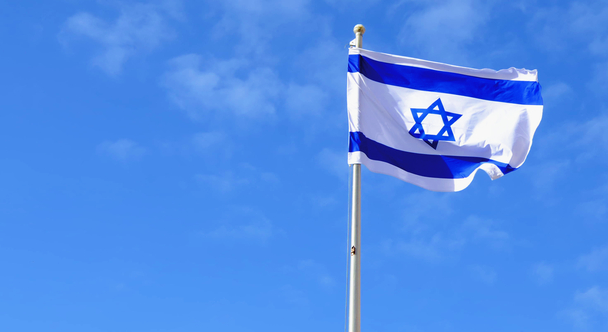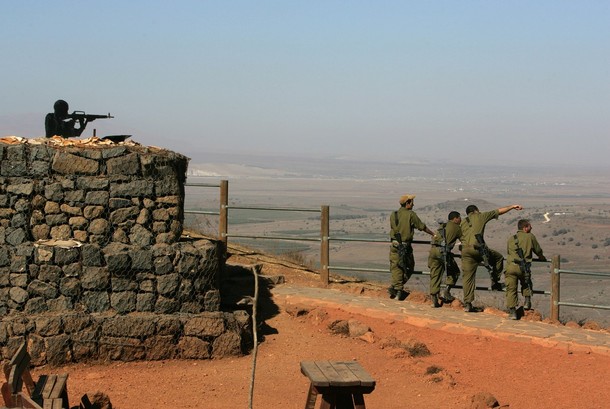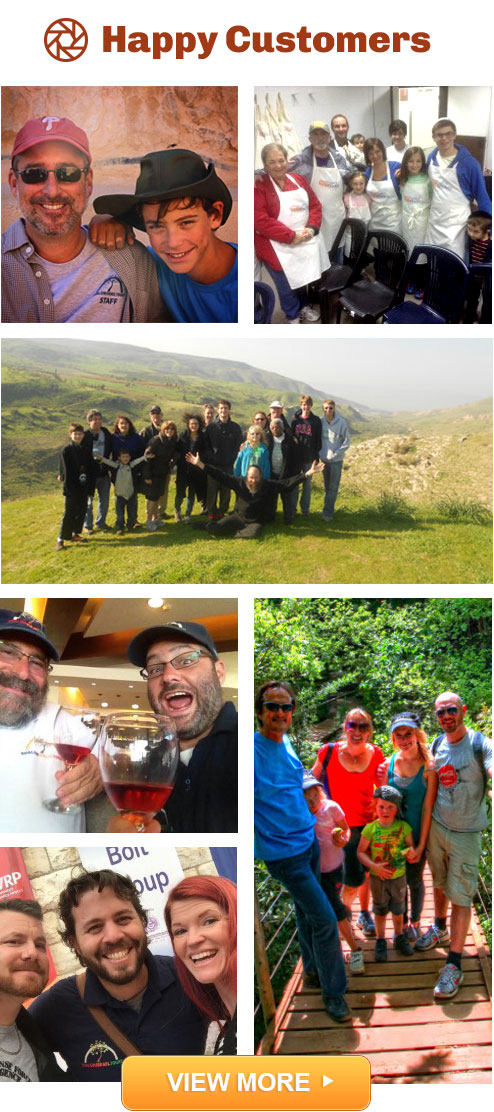Experiencing Israel’s 3 Newest Holidays
April 19th 2015

Although most Israeli holidays are rooted in Jewish tradition, with echoes dating back to the times of the Bible, each spring, Israel observes three holidays that commemorate significant 20th-century events. Visitors to Israel who travel here during this time of year have the opportunity to connect with the homeland in ways that may be unfamiliar and refreshing.
Yom HaShoah, the national Holocaust Remembrance Day, was established here in 1953 to commemorate the six million Jews who were methodically murdered by the Nazis during WWII. Yom HaShoah is marked on the 27th day of the Hebrew month of Nisan, which falls each year in April or May. There is no formal ritual associated with Yom HaShoah, but many communities, schools, work places and military bases host brief and solemn ceremonies that involve lighting yahrzeit (memorial) candles and reciting variations on mourner’s prayers. The official state ceremony is held at Yad Vashem in Jerusalem. The flag of Israel is lowered, Holocaust survivors light six symbolic torches, political and para-governmental leaders deliver speeches, and the chief rabbis of Israel recite appropriate prayers.
Movie theaters and restaurants are closed on Yom HaShoah. Israeli television stations screen Holocaust-related  programming, and the radio broadcasts only muted and somber music. The most dramatic moment of Yom HaShoah happens at 10 AM. All around the country, a siren sounds for one minute. Nearly everywhere, Israelis stop whatever they find themselves doing at that moment and stand in quiet contemplation. Drivers stop in the middle of the road and stand beside their cars in respectful silence while the siren sounds.
programming, and the radio broadcasts only muted and somber music. The most dramatic moment of Yom HaShoah happens at 10 AM. All around the country, a siren sounds for one minute. Nearly everywhere, Israelis stop whatever they find themselves doing at that moment and stand in quiet contemplation. Drivers stop in the middle of the road and stand beside their cars in respectful silence while the siren sounds.
Yom HaZikaron, Israel’s Memorial Day, is scheduled on the 4th of the Hebrew month of Iyar, immediately preceding Yom HaAtzma’ut, Israel’s Independence Day. This pairing serves as a potent reminder that a bitter price continues to be paid for Israel’s independence. On Yom HaZikaron, there are two national sirens, one at 8 PM and one at 11 AM. Loyal citizens throughout the country stand silently in honor of those who were struck down by enemy armies and terror organizations.
Mt. Herzl, Israel’s largest military cemetery, is especially busy on Yom HaZikaron, as families visit the burial places of loved ones.
These two solemn days are followed by Yom HaAtzma’ut, the celebration of the establishment of the State of Israel. In the weeks leading up to Yom HaAtzma’ut, you’ll see Israeli flags everywhere – on cars, windows, buses, in storefronts, restaurants and street poles. The night of Yom HaAtzma’ut, many communities sponsor free live music concerts and fantastic displays of fireworks. The next day, Israeli families gather on every available plot of grass and fire up their “mangalim” – a term that refers both to the ubiquitous portable charcoal barbeques and to the grilled meat festival itself.











